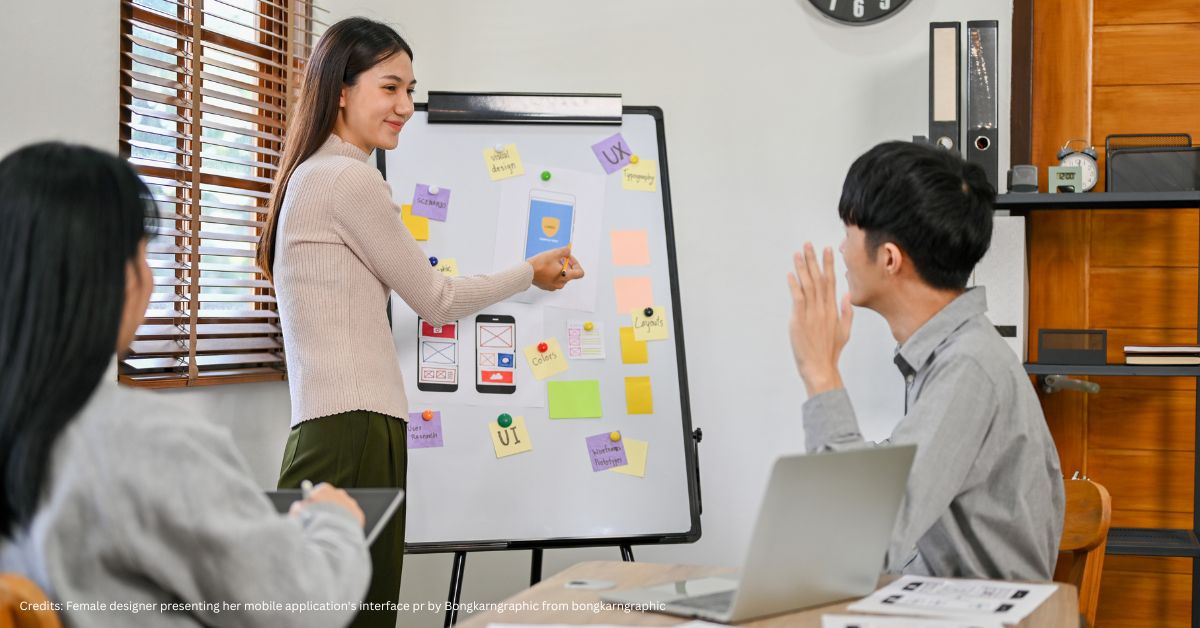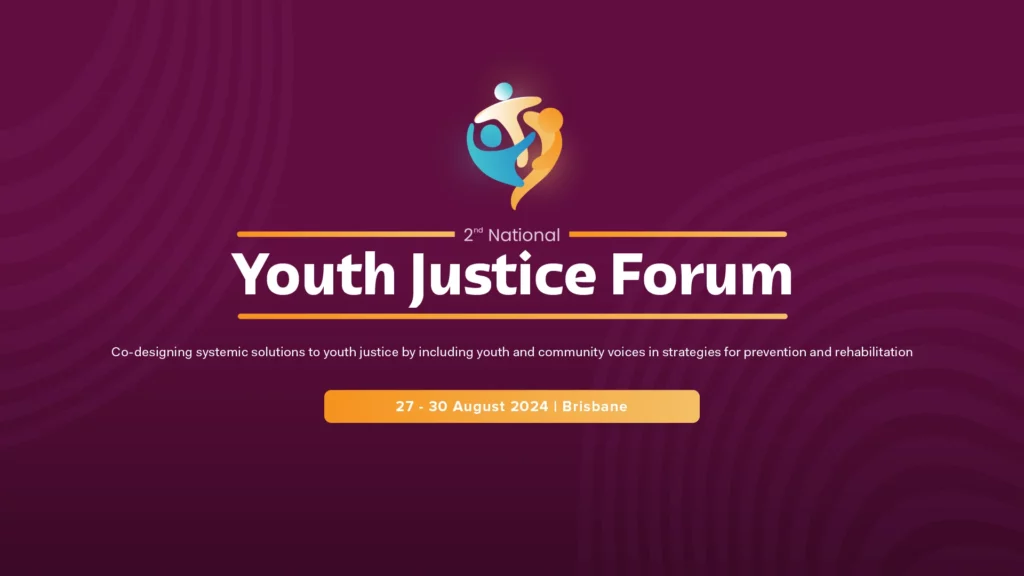With Facebook and Twitter now public entities and Google continuing to infuse its own social network, Google+, across its products and services, it’s clear that social media is much more than just a fad.
But what’s next? Is all there is to social media just setting up accounts, posting photos, positive quotes and calls for donations? What does social media really mean for not-for-profits (NFPs) as we enter 2014?
Firstly, there’s always the question of what will topple Facebook – the 12.8 million user-strong giant is hard to ignore. There’s always going to be new contenders popping up; the reality is though that the large networks won’t be going anywhere soon.
The question of the future of social media is less about how social media is changing, and more about what changes we’re seeing because of it and where they’re taking us.
The mobile revolution
Mobile technology and social media go hand-in-hand and together they’re having a significant impact on communications. We can communicate with whomever we want, however we want and whenever we want. Whether it’s a temporary photo on Snapchat, a private message on Facebook, a public discussion on Twitter or a short 15 second video on Instagram, we’re spoilt for choice and we can do it all from devices in the palm of our hand that are more powerful than the computers that first took us to the moon.
Facebook recently revealed that of its 12.8 million daily users, 78 per cent are also using mobile devices to access their site. What’s even more interesting is that 48 per cent of their daily users are mobile only. Even SMS is still going strong, with Vodafone reporting over 45 million messages being sent through their network daily.
Adapting to mobile is much more than making sure your website works, it’s understanding that people are consuming information and talking with each other constantly through various channels because of their smartphones.
As mobile and social media become more pervasive, a challenge for NFPs will be to respond to feedback and requests, possibly outside of traditional working hours. Timing and volume of content will also be vital. Increased communications resulting in increasing ‘noise’ on social media will mean organisations will need to be more creative and more community focused in order to cut through – but why create it when you can inspire it?
Raising digital ambassadors
When it comes to shifting our thinking about social media, we should be focused on how we reach people rather than how we set up an account. Let’s face it, being on every social network is impractical for most NFPs, but you may have community members who can spread your message.
The idea of organisation ambassadors isn’t new, but the types of people you may approach is. Social media has enabled communities to grow and flourish online where they may not necessarily be able to otherwise because of traditional barriers such as distance and time, especially when it comes to niche groups. Think of any topic and search online for a community, support or discussion group and you’ll find it.
In the future, the use of social media for cultivating organisational awareness will rely on connecting with key influencers within target areas and empowering them to share your story. Knowing your audience, where they spend time online and who they talk to will be essential.
A digital ambassador will not only provide a mode to voice your message, they can also be an excellent channel to receive feedback and ideas for better service provision.
From marketing to making – the big change
The bulk of the conversation around social media at the moment is about marketing and increasing presence – the biggest shift will come when social media and social networks are explored as serious catalysts to positively impact the bottom line.
Social networks are much more flexible than simply sharing content. They’re driven by conversations between people, not pages – Facebook Groups are an excellent example of where things are headed. There are volunteer groups within Australia who use Facebook Groups to manage teams of volunteers and develop a community among members. Rosters, training dates and personal stories from volunteers are shared. Whilst probably not suitable on a public Facebook Page, this social networking works well within a closed community.
NFPs need to consider how social media can be used to achieve outcomes, not just how to generate more likes on Facebook. Social media is here to stay and will continue to shape the way people interact with your organisation and with each other. Aversion is not an option – it’s time to get on board and make social media work for your organisation.













































































































































